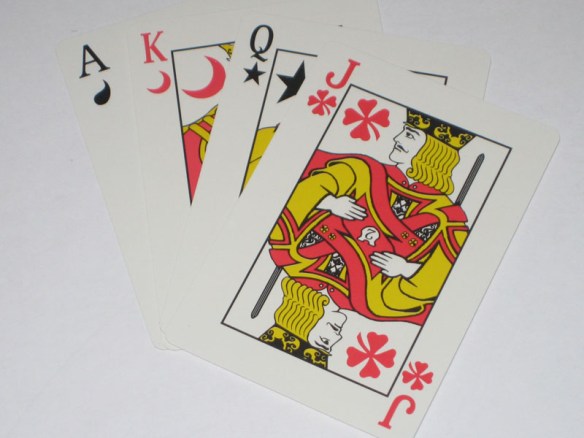Sometimes the reasons I pick up a book don’t bode well for the outcome. In the case of Acres of Diamonds, I knew nothing about it, but that it was in my collection for some reason, and that it was fewer than 70 pages (at the time I felt I needed something short for a quick read). So it was only after research, and from context clues, that I found out this book is the transcribed version of an inspirational lecture given by Baptist Minister and founder of Temple University Russell Conwell. Its message can be easily gleaned from the opening story that inspired its title: that of a man who sold his farm, left his family, and eventually died in his quest for diamonds, only to have the man who purchased his farm discover the greatest diamond mine in the world on that land. And if you get the picture there, is it really worth reading on?

Being based on a lecture, the whole thing is rather short (but, to me, who perhaps reads to slowly {carefully}, it seems quite a bit longer than one would actually want to stand up and speak), and, while the language construction is a bit dated and clunky, it is generally a fast read. The message is understandable, if sometimes overly worded: one does not need to start with a large sum of money to become richer; one need not move to the famous large cities of millionaires to make their fortune; and that using your own head and hands to make yourself rich is what God wants you to do. The idea is that you are constantly sitting on “acres of diamonds” within yourself that you simply need to tap into to be successful, and that enriching yourself in this way will not corrupt you. This is essentially the message that all inspirational works rely on, the sort of “American-Dream” ideal.
Of course, there is a big religious aspect owing, I’m sure, a great deal to the author’s ministry. Throughout the text it fights back against the idea that it is God’s will that one be poor (and perhaps stupid), and that to be pious and honorable you need to have no funds. To the modern reader it might sound at first as though it’s going to preach the prosperity gospel (*this work is associated with the prosperity gospel, and by definition, would be included in works of that category, but here I’m specifically referring to the modern “televangelists” and Christ-for-the-rich that is most often associated with those words these days), but within the confines of the text it lacks much of the skeeviness; it is unfair to the poor, but it does not attempt to take advantage of them. Spread copiously throughout are stories of men who started with nothing to gain vast wealth and assertions that “Ninety-eight out of a hundred rich men in America are honest”, otherwise why would anyone trust them with their money/business. To keep this perspective consistent of course the author omits any evidence that would be inconvenient, but that is a sin of every author attempting to persuade.
I personally tend to agree with the idea that many of a person’s problems can be overcome and a moderate amount of personal wealth accrued using one’s own mental and physical facilities, but a lack of acknowledgement for how crippling some forms of poverty can be, or that a great deal more than one percent of the wealthy probably have morality problems is a flaw of the book as far as I’m concerned. Still, the book doesn’t fail to be inspiring, especially if one is susceptible to its message. And as a speech I believe it would become more effective. The whole thing is quintessentially American, with its exotic mix of faith and self-reliance, spoken with that Baptist fervor.
At the book’s end, if you were at all taken by part of the message you are energized, or at least encouraged. And, if you do not find yourself convinced or entertained, the text doesn’t fall into the trap of other inspirational works that take too long to say nothing, being brief enough to not outstay its welcome (too long, for every word is past the “welcome period” for someone who has found they dislike something). It isn’t a perfect text or a perfect argument; indeed, its most useful feature is the many anecdotes it contains (for trivia and conversation purposes) but I’m glad to have read it. It is interesting, and seeing that the author was successful with a seemingly untarnished reputation reinforces its inspirational message.














